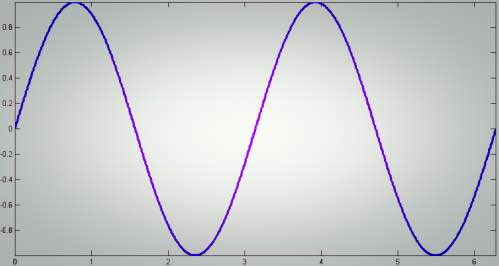OpenStack Glance: a first glimpse at image conversion

Following my best Kilo’s additions selection, today I will be introducing the Glance image conversion. This feature was discussed at the last OpenStack summit in Paris, you can access the etherpad discussion. Before you get all excited, let me tell you first that the patch introduced during this Kilo cycle is the first of a series. So do not get disappointed if it does not fit your needs yet (and it probably won’t…). Now if you are still inclined reading the article let’s jump in!






